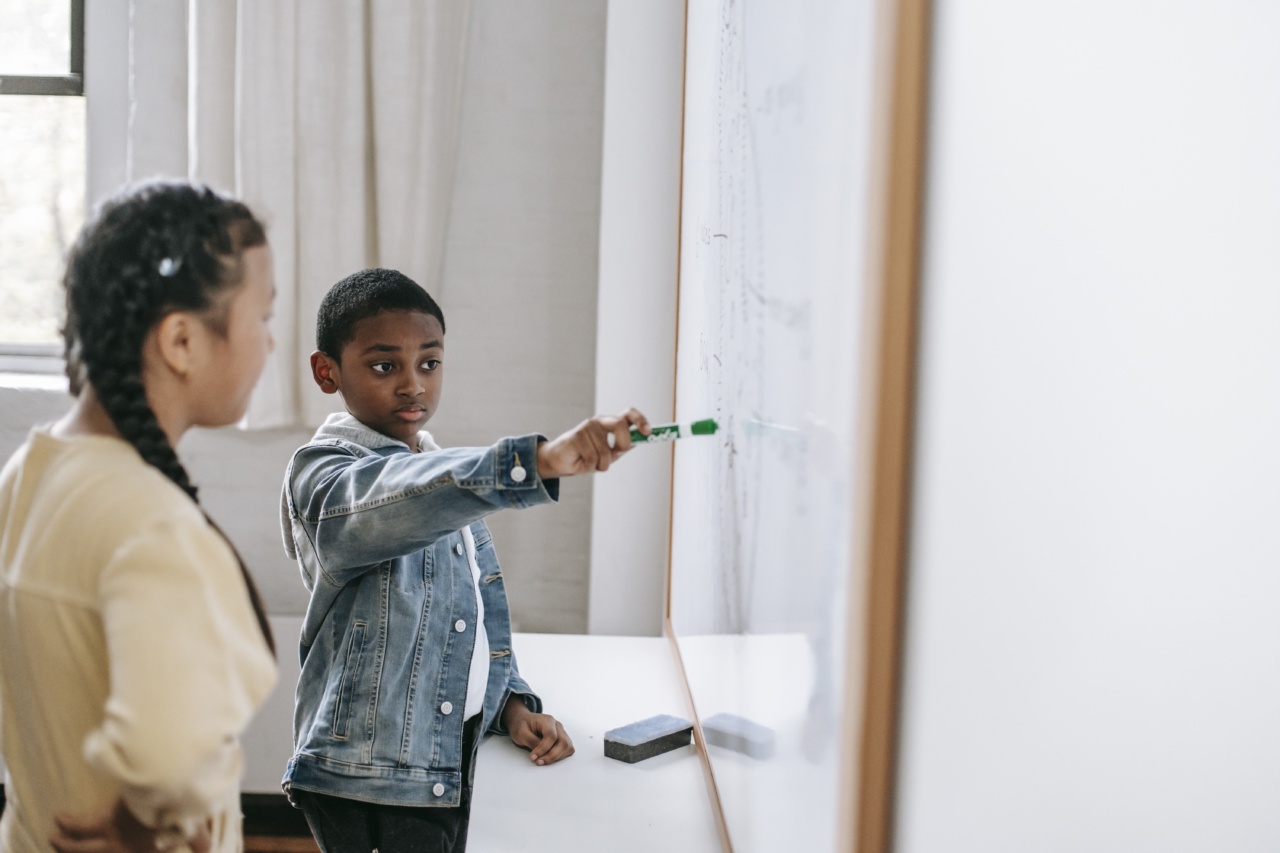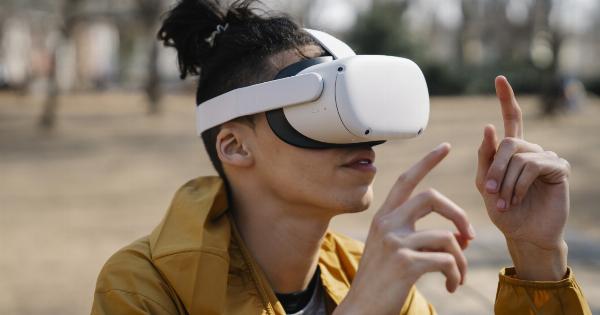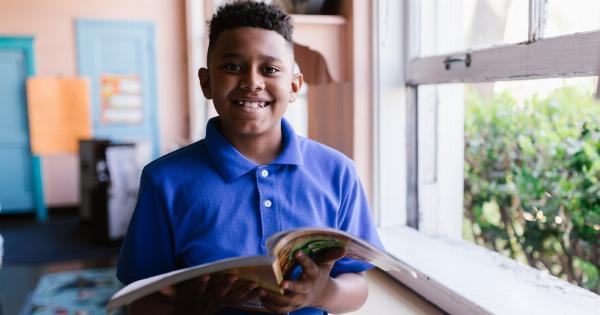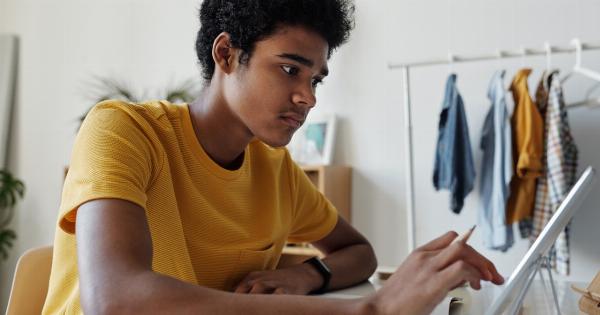Education has always been an essential part of our lives. Learning is an ongoing process that never stops. Education lays the foundation for a bright future, and as society evolves, so does the need for innovative education.
The conventional ways of teaching and learning may no longer suffice to meet the demands of the modern world. In this article, we will explore new horizons for kids’ education that will engage and inspire them to become lifelong learners.
Personalized Learning
Every child has different learning needs and abilities. Personalized learning is an approach that tailors the teaching method to individual students. This approach creates a more engaging and productive learning environment.
Kids can learn at their own pace and receive immediate feedback, which helps them understand the material better. Several online educational platforms now offer personalized learning tools that provide a custom-made curriculum based on the child’s skills and interests.
Project-Based Learning
Project-based learning is an approach that involves hands-on activities to solve real-world problems. Kids work collaboratively in groups to investigate and understand a topic.
This method helps kids develop critical thinking and problem-solving skills, creativity, and collaboration — important skills that they can use in their future careers. Project-based learning can also be combined with technology to create interactive projects that engage kids in learning.
Virtual Reality
Virtual reality is an emerging technology that provides a simulated environment for learning. With virtual reality, kids can visit new places, explore science, and history in a more immersive way.
This technology offers an exciting way to learn and can make complex topics more accessible to kids. Virtual reality can also help kids with special needs by providing a safe and controlled learning environment.
Artificial Intelligence
Artificial intelligence is transforming education by providing personalized learning experiences, intelligent tutoring systems, and adaptive assessments.
AI uses machine learning to analyze data and provide insights on how to improve a student’s learning experience. AI-powered chatbots can answer students’ questions 24/7, provide feedback, and help kids learn at their own pace.
Gamification
Gamification is the use of game elements in non-game contexts. In education, gamification helps kids stay engaged, motivated, and excited about learning. Gamification can include point systems, badges, and leaderboards to measure progress and achievement.
It can also involve using game design principles to create educational games that mimic the characteristics of popular video games. Gamification makes learning more fun and enjoyable for kids while helping them learn at the same time.
Collaborative Learning
Collaborative learning is an approach that promotes teamwork and communication among students. Kids work together in groups to solve problems, share ideas, and learn from each other.
Collaborative learning can help kids develop important social skills such as listening, communicating, and respecting others’ opinions. This approach can also boost kids’ self-confidence as they learn from their peers and contribute to the group’s success.
Blended Learning
Blended learning is an approach that combines traditional classroom teaching with online learning. It provides a more flexible learning environment that accommodates the diverse needs of students.
Blended learning allows kids to learn anytime, anywhere, and at their own pace. It also makes it easier for teachers to personalize the learning experience and provide immediate feedback to students. Blended learning can also save costs by reducing the need for physical classroom space and resources.
Language Learning
Learning a new language opens up a whole new world of opportunities. Kids can start learning a new language from a young age, and with technological advancements, there are several online tools to make language learning fun and engaging.
Language learning can help kids develop cognitive skills, improve their memory, and promote cultural awareness. Learning a second language can also boost their academic performance and help them stand out in the job market.
Coding
Coding is a 21st-century skill that teaches kids logical thinking, problem-solving, and creativity. Kids can start learning to code from a young age, and there are several online resources to help them do so.
Learning to code can open up several career opportunities and prepare kids for the jobs of the future, which are predicted to require strong knowledge of coding and technology. Moreover, coding can provide kids with a sense of accomplishment and confidence as they create their projects and solve coding challenges.
Conclusion
As technology advances, the opportunities for innovative education are growing. The new horizons for kids’ education will engage and inspire them to become lifelong learners.
Personalized learning, project-based learning, virtual reality, AI, gamification, collaborative learning, blended learning, language learning, and coding are some of the latest trends in education that teachers can integrate into their classrooms. Providing kids with new skills and innovative learning environments will help ensure a bright future for them and for our society.




























